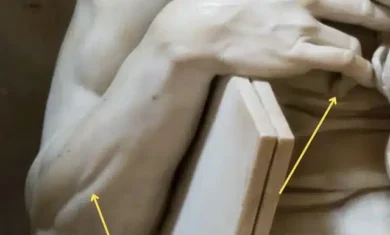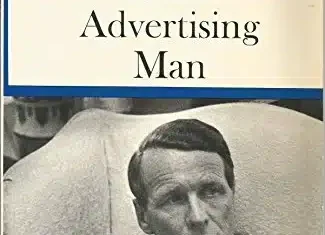One of the core ideas in Seth Godin’s book The Practice is the idea of continually working hard to refine your craft. Case in point, he said that “if you want to complain that you don’t have any good ideas, please show me all of your bad ideas first.” People that have worked through a lot of bad ideas tend to come up with some great ones.
It’s closely related to an idea in the book Art & Fear by David Bayles and Ted Orland about making ceramic pots:
The ceramics teacher announced on opening day that he was dividing the class into two groups. All those on the left side of the studio, he said, would be graded solely on the quantity of work they produced, all those on the right solely on its quality.
His procedure was simple: on the final day of class he would bring in his bathroom scales and weigh the work of the “quantity” group: fifty pounds of pots rated an “A”, forty pounds a “B”, and so on. Those being graded on “quality”, however, needed to produce only one pot – albeit a perfect one – to get an “A”.
Well, came grading time and a curious fact emerged: the works of highest quality were all produced by the group being graded for quantity. It seems that while the “quantity” group was busily churning out piles of work – and learning from their mistakes – the “quality” group had sat theorizing about perfection, and in the end had little more to show for their efforts than grandiose theories and a pile of dead clay.
The idea of focusing on making a single great pot sounds good, but most of us will do a stunningly better job on our 20th pot than our first one.
The same goes for your art, writing or anything else that you practice. Trying and failing more times than everyone else is likely the best way to make your work remarkable.





[…] written a number of posts recently about not being afraid to just put your work out there (“Make More Pots“, “You’ll never be ready, so do it now“, “Learning in public“, […]